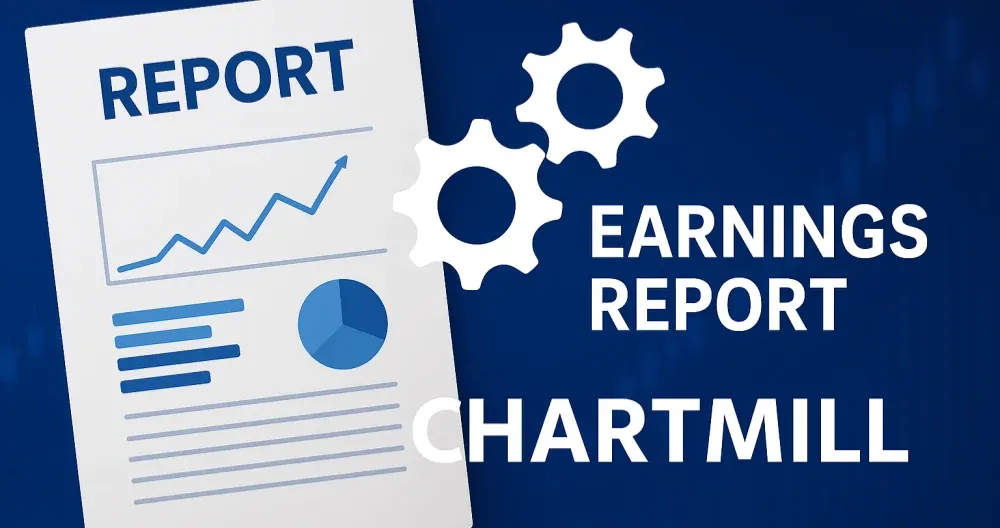NYSE:SIG stands out as a stock that provides good value for the fundamentals it showcases.
By Mill Chart
Last update: Aug 28, 2024
Take a closer look at SIGNET JEWELERS LTD (NYSE:SIG), a remarkable value stock uncovered by our stock screener. NYSE:SIG excels in fundamentals and maintains a very reasonable valuation. Let's break it down further.

Valuation Assessment of NYSE:SIG
ChartMill assigns a Valuation Rating to each stock, ranging from 0 to 10. This rating is calculated by analyzing different valuation elements, such as price to earnings and free cash flow, both in absolute terms and relative to the market and industry. In the case of NYSE:SIG, the assigned 8 reflects its valuation:
- With a Price/Earnings ratio of 8.62, the valuation of SIG can be described as very reasonable.
- Based on the Price/Earnings ratio, SIG is valued cheaply inside the industry as 93.50% of the companies are valued more expensively.
- Compared to an average S&P500 Price/Earnings ratio of 30.01, SIG is valued rather cheaply.
- SIG is valuated cheaply with a Price/Forward Earnings ratio of 6.99.
- SIG's Price/Forward Earnings ratio is rather cheap when compared to the industry. SIG is cheaper than 96.75% of the companies in the same industry.
- The average S&P500 Price/Forward Earnings ratio is at 21.67. SIG is valued rather cheaply when compared to this.
- Compared to the rest of the industry, the Enterprise Value to EBITDA ratio of SIG indicates a rather cheap valuation: SIG is cheaper than 95.94% of the companies listed in the same industry.
- 94.31% of the companies in the same industry are more expensive than SIG, based on the Price/Free Cash Flow ratio.
- SIG has a very decent profitability rating, which may justify a higher PE ratio.
Understanding NYSE:SIG's Profitability
ChartMill employs its own Profitability Rating system for stock evaluation. This score, ranging from 0 to 10, is derived from an analysis of diverse profitability metrics and margins. In the case of NYSE:SIG, the assigned 7 is noteworthy for profitability:
- Looking at the Return On Assets, with a value of 10.52%, SIG belongs to the top of the industry, outperforming 86.18% of the companies in the same industry.
- SIG has a Return On Equity of 26.85%. This is amongst the best in the industry. SIG outperforms 82.93% of its industry peers.
- SIG has a better Return On Invested Capital (11.06%) than 79.67% of its industry peers.
- Looking at the Profit Margin, with a value of 9.22%, SIG belongs to the top of the industry, outperforming 90.24% of the companies in the same industry.
- The Operating Margin of SIG (8.32%) is better than 80.49% of its industry peers.
- In the last couple of years the Operating Margin of SIG has grown nicely.
- In the last couple of years the Gross Margin of SIG has grown nicely.
Understanding NYSE:SIG's Health Score
ChartMill assigns a proprietary Health Rating to each stock. The score is computed by evaluating various liquidity and solvency ratios and ranges from 0 to 10. NYSE:SIG was assigned a score of 7 for health:
- SIG has an Altman-Z score of 3.14. This indicates that SIG is financially healthy and has little risk of bankruptcy at the moment.
- SIG has a better Altman-Z score (3.14) than 69.11% of its industry peers.
- There is no outstanding debt for SIG. This means it has a Debt/Equity and Debt/FCF ratio of 0 and it is amongst the best of the sector and industry.
- Looking at the Current ratio, with a value of 1.67, SIG is in the better half of the industry, outperforming 69.11% of the companies in the same industry.
Exploring NYSE:SIG's Growth
Every stock receives a Growth Rating from ChartMill, ranging from 0 to 10. This rating assesses various growth aspects, including historical and projected EPS and revenue growth. NYSE:SIG boasts a 4 out of 10:
- SIG shows a strong growth in Earnings Per Share. Measured over the last years, the EPS has been growing by 23.95% yearly.
- The Earnings Per Share is expected to grow by 11.37% on average over the next years. This is quite good.
Our Decent Value screener lists more Decent Value stocks and is updated daily.
For an up to date full fundamental analysis you can check the fundamental report of SIG
Disclaimer
This article should in no way be interpreted as advice. The article is based on the observed metrics at the time of writing, but you should always make your own analysis and trade or invest at your own responsibility.
83.01
-0.22 (-0.26%)
Find more stocks in the Stock Screener
SIG Latest News and Analysis



